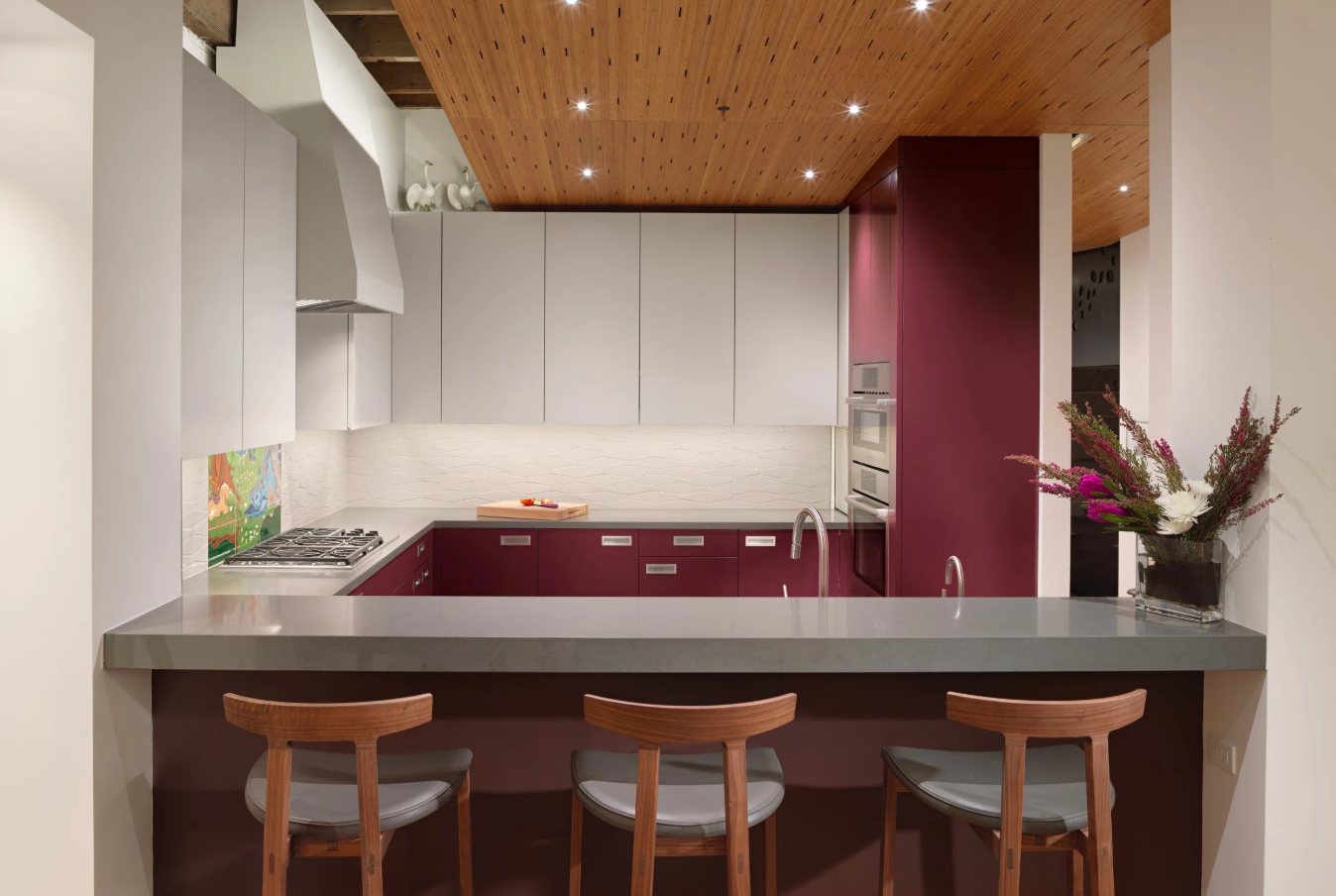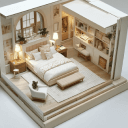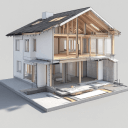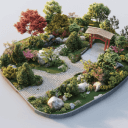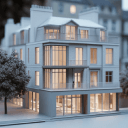Designing kitchens comes with a spectrum of choices, from cost-conscious makeovers to lavish custom remodels. The challenge for kitchen designers and remodelers is selling both budget-friendly and premium kitchen designs effectively to different clients.
How do you convince a thrifty homeowner that their modest kitchen can still shine, or persuade a luxury client that the high price tag delivers unparalleled value? The secret lies in understanding the core differences between these two approaches and using the right tools – like Arcadium 3D – to bridge the gap.
Arcadium 3D is an intuitive online design platform that allows you to create detailed 3D kitchen layouts, enabling anyone to visualize transformations and make informed design decisions before spending a dime. In this guide, we’ll delve into budget vs. premium kitchen design differences and explore strategies to sell both types of projects using Arcadium 3D’s powerful features.
Budget-Friendly vs. Premium: What’s the Difference?
When comparing budget-friendly and premium kitchen designs, the distinctions typically boil down to materials, features, and level of customization. Budget-friendly kitchens emphasize cost efficiency and practicality. They often use affordable materials (like laminate countertops and MDF cabinets) that imitate the look of pricier finishes, saving money at the expense of some durability or luxury feel.
Appliances in a budget design tend to be standard, reliable models without the latest smart tech or prestige branding. Layout changes are usually minimal to avoid expensive plumbing or electrical relocations – often designers will work within the existing kitchen footprint to contain costs.
In contrast, premium kitchens spare little expense in pursuit of excellence. Expect high-end materials such as solid wood cabinetry with custom finishes and countertops in polished quartz, granite, or even marble. Top-of-the-line appliances are a hallmark of premium designs – think professional-grade stoves or built-in refrigerators from luxury brands, complete with smart features and sleek integrations.
Premium designs also embrace customization and creativity: walls might be removed or reconfigured to achieve an open-concept layout, and bespoke elements (like custom range hoods or handcrafted tile backsplashes) are common. Every detail, from designer light fixtures to artisan hardware, is chosen to elevate the space’s aesthetic and functionality.
Another key difference is in the extras and innovations. Budget-friendly kitchens focus on essentials, often foregoing extras like under-cabinet lighting, warming drawers, or specialized storage inserts if they aren’t cost-effective.
Premium kitchens, however, frequently include these luxuries – for example, ambient and task lighting layered together, a wine fridge or a smart coffee machine built into a chic breakfast bar. Even flooring choices diverge: a budget remodel might use quality vinyl or ceramic tile, whereas a premium project could feature imported hardwood or natural stone for a truly luxurious feel.
Essentially, the premium kitchen delivers a top-tier experience and long-term durability, while a budget kitchen finds clever ways to achieve style and function without breaking the bank.
Explore Our Kitchen Design Tool
The Challenge of Selling Budget-Friendly Kitchen Designs
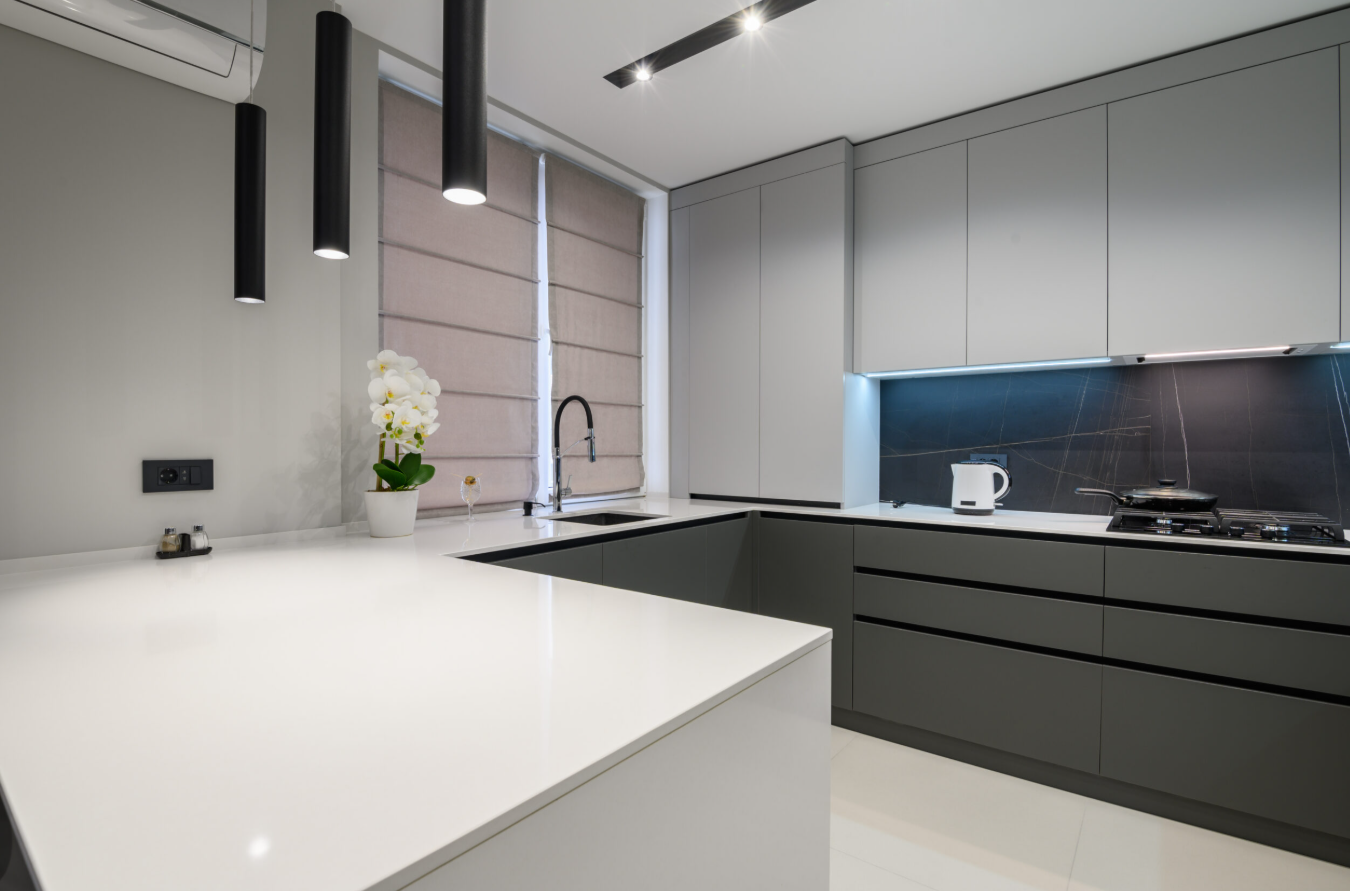
Selling a budget-friendly kitchen design requires instilling confidence that affordable doesn’t mean inferior. Clients watching their wallets need to see that a well-planned budget kitchen can still be beautiful, efficient, and personal to their taste. Here are some strategies to emphasize when presenting a cost-conscious kitchen design:
Value and Functionality:
Highlight how each choice maximizes value. For example, explain that using a durable laminate countertop instead of marble saves thousands but still offers a stylish look and easy maintenance. Emphasize functional improvements like better layout or added storage that improve daily life without great expense.
A well-designed kitchen – even on a budget – can boost home value by up to 10% through smart use of space and modern updates. By focusing on functional upgrades (like more pantry shelves or a clever corner cabinet), you show the client they’re getting tangible benefits for every dollar spent.
Design Creativity:
Assure clients that budget limits won’t force a compromise on style. As a designer, you can get creative with finishes and colors to achieve a high-end look for less. For instance, open shelving instead of upper cabinets can save money and create an airy, modern vibe. Mixing lower-cost stock cabinets with a few custom details (like a standout backsplash or unique cabinet knobs) can elevate the entire design economically.
Mention that at Arcadium, they believe functionality and style aren’t either-or – “you shouldn’t have to compromise on style” even while keeping costs down.
Visualization and Reassurance:
This is where Arcadium 3D becomes a game-changer for selling budget designs. Often, clients might worry a cheaper renovation will “look cheap.”
Using Arcadium’s free online kitchen design tool, you can create a realistic 3D model of the proposed kitchen and let them see for themselves that it will be both attractive and practical.
Walk them through the virtual space:
Show how the new layout improves workflow (perhaps applying the classic work-triangle of sink, stove, fridge for efficiency), or how the chosen color palette ties together for a cohesive look.
Because Arcadium 3D offers instant realism and customization, you can swap cabinet finishes or countertop colors on the fly to address client concerns about aesthetics. This interactive visualization builds trust — clients can virtually stand in their future kitchen and feel confident that budget-friendly can also be dream-worthy.
Stress Long-Term Savings:
Another selling point is how some budget-friendly choices save money not just upfront but over time. Energy-efficient mid-range appliances, for example, might qualify for rebates or cut utility bills. Durable yet affordable materials (like a quality vinyl floor) reduce maintenance or replacement costs down the line.
Use Arcadium 3D to illustrate these points: for instance, place LED under-cabinet lights in the design to show a client how better lighting makes the kitchen more enjoyable (and note that LED saves energy). Little touches like this communicate that you’re mindful of both their budget and quality of life.
By focusing on these areas and leveraging visuals, selling a budget-friendly kitchen becomes about selling smart design. The client should come away feeling that they’re getting a well-thought-out kitchen that aligns with their finances but still enriches their home.
The Challenge of Selling Premium Kitchen Designs

Pitching a premium (high-end) kitchen design is almost the flip side of the coin. Here, the client is prepared to invest significantly, but they expect to see commensurate value, luxury, and uniqueness. When selling an upscale kitchen remodel, consider these focal points:
Quality and Craftsmanship:
Every premium element should tell a story of quality. Emphasize the superior craftsmanship of custom-built cabinets – perhaps they are solid maple with dovetail joints, built to last decades. Point out the longevity and beauty of high-grade materials: for example, that quartz countertops will resist stains and never need sealing, unlike cheaper surfaces, or that the handmade tiles they love are an artful touch that defines the kitchen’s character.
If a client is spending two or three times more than average, reassure them that they are getting materials and workmanship that stand the test of time and elevate the home’s value.
Advanced Features and Innovation:
Modern luxury kitchens often double as showcases for cutting-edge technology and convenience. When selling this idea, highlight features like smart appliances (refrigerators with touchscreens, ovens you can preheat from a smartphone), integrated lighting systems that set moods, or innovative storage solutions (think motorized cabinets or corner units that maximize every inch).
With Arcadium 3D’s design tool you can actually incorporate these elements into the model – for instance, show a pop-up downdraft vent on an island or under-cabinet LED strips and illustrate how they enhance both looks and functionality.
Clients should mentally experience those perks: imagine the convenience of a boiling-water tap at the sink or the luxury of a built-in espresso machine, and see them placed in the 3D design where they would live. This helps justify the premium by making abstract features concrete and exciting.
Customization and Personalization:
A key selling point of a premium design is that it’s one-of-a-kind, tailored to the client’s lifestyle and tastes. Convey that this kitchen won’t be a cookie-cutter design but a reflection of their vision. Maybe your client loves to host wine tastings – then the design could include a climate-controlled wine storage and a spacious island for entertaining. Or if they’re avid cooks, emphasize professional-grade ranges and a pot-filler faucet above the stove for convenience.
Use the Arcadium 3D platform to prototype these personalized touches: you can easily add an extra wall oven, move an island, or experiment with a custom pantry layout in real time. The ability to experiment freely is huge – Arcadium allows you to drag and drop new elements, adjust layouts, and immediately see how it all looks.
By iterating in front of the client (or better, with the client), you involve them in crafting their dream kitchen, which creates emotional investment. They’ll be more inclined to green-light the project because they had a hand in perfecting it.
Visualizing Luxury:
Just as with budget designs, visualization is paramount for premium projects – arguably even more so. High-end finishes often have subtle textures or dramatic impact that clients need to see in context. Arcadium 3D shines here by letting you apply different material textures and lighting schemes to the model kitchen.
You could present two versions of the space: one with a classic polished marble countertop under warm ambient lighting, and another with a bold veined quartz under cooler, modern lighting. Seeing a realistic 3D rendering of these options helps clients decide which luxe style speaks to them.
Furthermore, because Arcadium’s interactive model is immersive (letting you view the kitchen from multiple angles), clients can virtually “walk through” their upscale kitchen and take in the ambiance – whether it’s the cozy glow of under-cabinet lights on rich wood grains, or the shine of high-gloss cabinetry against stainless steel appliances. This not only builds excitement but also confidence in the design’s merit, making the sizeable investment feel justified.
Comprehensive Detailing:
In selling a premium design, details matter. Communicate that nothing will be overlooked: from the soft-close mechanisms on drawers to the coordinated antique bronze finishes on all fixtures. Arcadium 3D can help ensure no detail is missed by allowing you to populate the design with realistic accessories and fixtures.
For example, include bar stools at the island, decorative pendant lights above it, and even set the scene with a bowl of fruit or a bottle of wine on the counter in the rendering – small touches that convey the completed look. These details make the visual more compelling and help the client emotionally connect with the lifestyle their new luxury kitchen will offer.
By focusing on these aspects, selling a premium kitchen becomes a matter of painting a vivid picture of elegance and functionality. The client should leave the presentation feeling that your design is worth every penny – because it delivers not just a kitchen, but a daily living experience that’s deeply satisfying.
Explore Our Kitchen Design Tool
Bridging the Gap with Arcadium 3D: A Tool for Every Kitchen
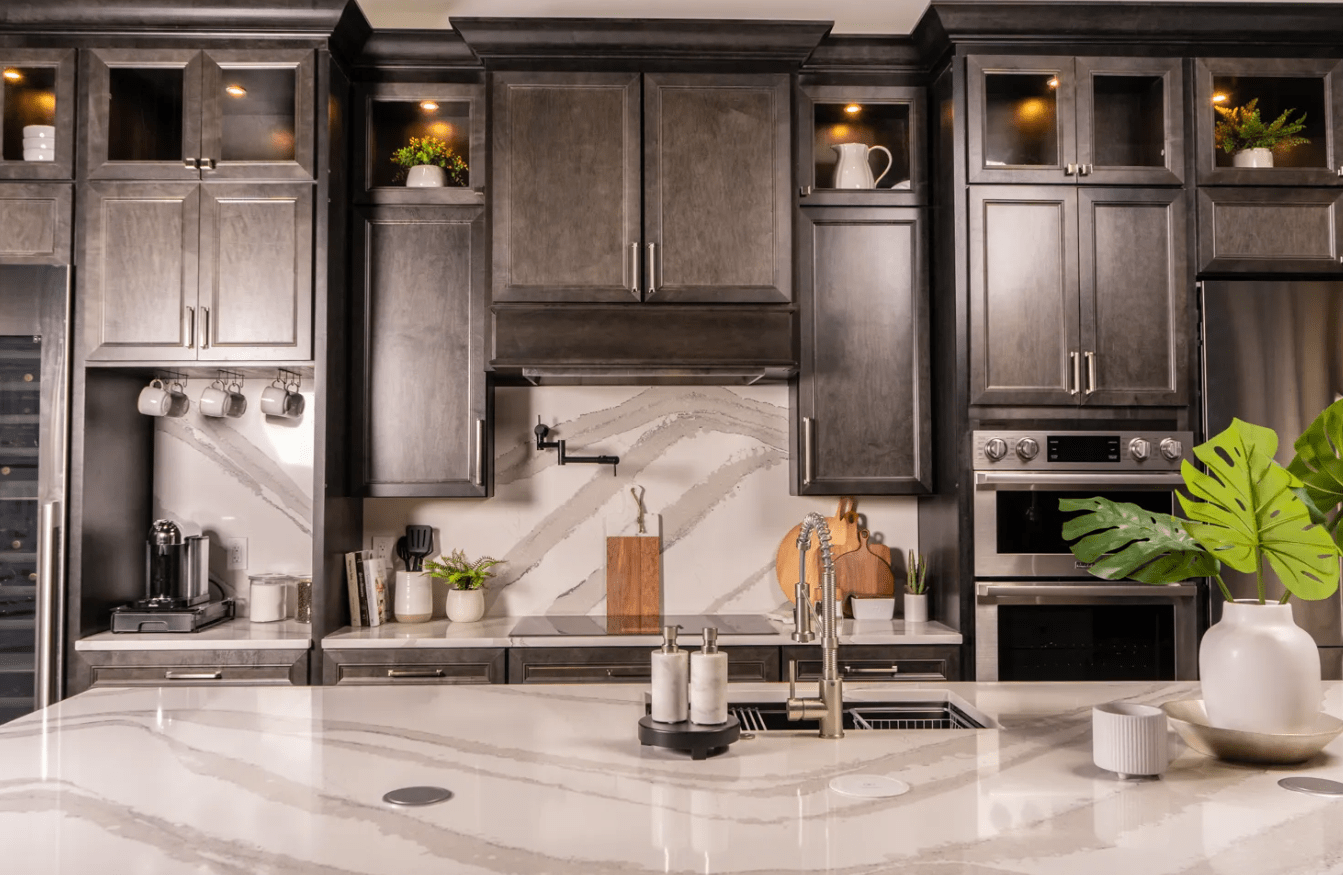
An example 3D kitchen layout created in Arcadium 3D. The intuitive drag-and-drop interface allows designers or homeowners to model kitchens of any style – from compact budget layouts to expansive premium plans – and visualize them in realistic detail.
Whether you’re catering to a cost-conscious renovator or a luxury-seeking homeowner, Arcadium 3D bridges the gap by making design ideas tangible. This free, web-based platform is like a virtual playground for kitchen design, where both professionals and novices can bring concepts to life. Here’s how Arcadium 3D can help you sell both ends of the spectrum effectively:
Rapid Prototyping of Ideas:
With Arcadium 3D, you can quickly create multiple design iterations to suit different budgets. For a single client, you might draft one layout with budget-friendly materials and another with premium upgrades. The software’s pre-built library of kitchen units (cabinets, islands, appliances, etc.) lets you assemble a complete kitchen model in minutes.
You can mark out the room dimensions, drop in cabinetry, add windows or doors, and even include custom elements using shape tools. This speed and flexibility mean you can present a side-by-side comparison of, say, a basic design versus a high-end version without weeks of manual re-drawing. Clients can visually compare options and understand exactly what extra investment buys them.
Realistic Visualization and Walkthroughs:
The power of seeing a realistic kitchen model cannot be overstated. Arcadium 3D provides full 3D visualization, allowing you or the client to “walk” through the space and examine it from every angle. This is particularly useful for selling design choices: a client might not grasp how a taller cabinet or a different layout improves the feel of the room until they see it in 3D.
Arcadium’s engine renders materials and lighting convincingly enough that the client can imagine standing in that new kitchen. This immersive experience often leads to faster approvals – because the design stops being abstract and becomes something they can emotionally connect with.
Experimenting with Materials and Lighting:
Arcadium 3D truly shines in its ability to swap out finishes and fixtures on the fly. Suppose a client is unsure whether to go with a budget laminate vs. a premium granite countertop. Within the 3D model, it’s easy to apply different countertop materials or cabinet finishes and show them the difference.
The same goes for paint colors, backsplash tiles, or flooring. By toggling between options in seconds, you help clients make decisions based on visuals, not just descriptions. Moreover, Arcadium allows you to adjust lighting – both natural light (by adding windows or skylights) and artificial lighting placements.
You can demonstrate how under-cabinet lights might make a budget kitchen feel more upscale, or how a statement chandelier would look above a luxury island. These dynamic changes enable a collaborative design process where the client feels in control and informed.
Focus on Layout and Functionality:
For both budget and premium designs, getting the layout right is crucial. Arcadium’s tool not only helps arrange the kitchen components but also ensures you stick to sound design principles like the work triangle for efficiency.
You can show, for instance, that even a small kitchen can be highly efficient with the right layout – moving a refrigerator to a better spot or adding an island for extra prep space can save 60% of meal prep time by reducing unnecessary movement.
On the other hand, for a large luxury kitchen, you might illustrate how zones (cooking area, cleaning area, beverage bar, etc.) are laid out to accommodate multiple users. By visualizing these aspects in Arcadium, you help clients appreciate the functional logic of the design, whether it’s a modest upgrade or a lavish overhaul.
Collaboration and Sharing:
Arcadium 3D makes it simple to share your designs, which is a huge asset in the sales process. If a client can’t be with you in person, or if they want to mull over the design with family, you can share the model via a URL instantly.
This means the client can explore the 3D kitchen on their own computer or tablet, show it to their partner, and really live with the idea for a bit. It’s not just a static image – they can orbit around the room, zoom in on details, virtually open up the space.
This collaborative approach builds trust; the design isn’t a black box, it’s transparent and accessible. Furthermore, because designs can be saved and edited easily, you can incorporate client feedback rapidly.
Maybe after viewing the model at home, the client decides they do want that full-height pantry cabinet after all – you can update the design in minutes and send a new link. This agility and responsiveness can often be the factor that seals the deal on a project.
Accessibility and Ease of Use:
Arcadium 3D lowers the barrier for anyone to get involved in the design process. If you’re a professional, you’ll appreciate that it’s completely online (no downloads required) and free to use, so you can invite clients to tinker with layout ideas themselves without needing special software.
If you’re a homeowner-designer, Arcadium empowers you to play with your own kitchen ideas like a pro. The interface is user-friendly enough that with a bit of guidance, even clients can adjust furniture or fixtures.
By demystifying 3D design, Arcadium helps clients feel the project is approachable – they don’t have to simply imagine changes from 2D blueprints; they can actively see and even try them. This sense of empowerment can transform the way clients perceive the project: it becomes a collaborative journey rather than a hard sell.
In summary, Arcadium 3D functions as a universal translator between the designer’s vision and the client’s understanding. It brings clarity to both budget-friendly plans and premium proposals by turning ideas into concrete visuals.
By systematically integrating Arcadium 3D into your sales workflow, you make the design process more transparent, engaging, and persuasive. Clients, whether budget or luxury, appreciate the ability to see what they’re getting – and when they can see it, you’re far more likely to sell it.
High-end details visualized in Arcadium 3D. This close-up of a 3D kitchen model shows luxury elements like an apron-front sink and brass faucet, double wall ovens, and a spacious quartz-topped island. Using Arcadium’s material library, designers can swap in premium fixtures or budget-friendly alternatives to help clients compare aesthetics and costs in a realistic view.
Conclusion
Budget-friendly and premium kitchen designs may seem worlds apart, but success in selling either comes from the same foundation: understanding client needs and vividly communicating how your design meets those needs.
By leveraging a robust tool like Arcadium 3D, a kitchen designer can seamlessly adapt to both ends of the market. For the budget-minded client, you can showcase a clever, stylish design that respects their finances – proving that great kitchens are not just for those with lavish budgets.
For the luxury-seeking client, you can deliver an immersive preview of an exquisite, tailor-made space – instilling confidence that every dollar will yield exceptional quality and beauty.
In both cases, Arcadium 3D helps tell the story of the kitchen transformation. It turns abstract ideas into concrete models, making the designer’s job easier and the client’s decision-making clearer. The result is a win-win: clients feel empowered and excited by a transparent process, and designers secure buy-in more efficiently by providing clarity and minimizing misunderstandings.
Ultimately, selling a kitchen design – whether economical or upscale – is about painting a picture of a better life in that kitchen. With the right narrative and the right visualization tools, anyone can craft and present that picture like a seasoned pro.
Arcadium 3D is the ally that ensures your budget renovations look smart and your premium projects look spectacular, helping you sell both with confidence and creativity.
Frequently Asked Questions
What key differences should I highlight between a budget-friendly and a premium kitchen design?
Emphasize materials and features. Budget kitchens use cost-effective materials (e.g. laminate counters, stock cabinets) and standard appliances, focusing on essential function. Premium kitchens use high-end materials (like stone countertops, custom wood cabinets) and luxury appliances with advanced features. Also note customization – premium designs often involve bespoke layouts and unique details, whereas budget designs stick to practical, ready-made solutions.
How can Arcadium 3D help me present a budget-friendly kitchen to a client?
Arcadium 3D lets you create a realistic 3D model of the budget-friendly design, so the client can visualize the end result. You can demonstrate smart space planning and show that even with affordable materials the kitchen will look beautiful and work efficiently. By walking the client through the virtual kitchen and possibly toggling between budget and upgraded options, you reassure them that the cost-effective choice still delivers a great outcome.
Can I also use Arcadium 3D for luxury kitchen projects?
Absolutely. Arcadium 3D is valuable for premium designs because it can showcase all the high-end details in a lifelike way. You can import or select upscale fixtures, apply luxury finish options (like marble textures or high-end appliances), and use advanced lighting effects to mimic the ambiance. Clients can experience a walkthrough of their future gourmet kitchen, which helps justify the investment and fine-tune details before construction.
Do I need professional design experience to use Arcadium 3D?
Not at all. Arcadium 3D is designed to be user-friendly, so both professional designers and homeowners can use it. Its drag-and-drop interface and pre-built kitchen components make it easy to sketch out a layout. There are also tutorials and tips available. This means anyone interested in kitchen design can experiment with ideas and create models without prior 3D modeling experience.
How does 3D visualization improve the kitchen design sales process?
3D visualization removes ambiguity. Instead of relying on imagination or 2D blueprints, clients see exactly what their kitchen will look like in three dimensions. This clarity builds trust and excitement – clients can spot what they love or what they want to change early on. As a result, they feel more confident saying “yes” to the design. It also speeds up decision-making and reduces the likelihood of misunderstandings or costly changes later, since everyone shares a clear vision from the start.
Explore Our Kitchen Design Tool


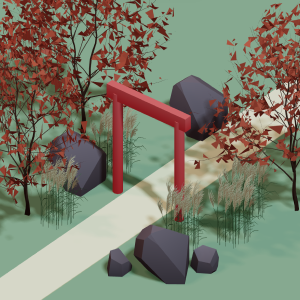 All training, tips and articles
All training, tips and articles
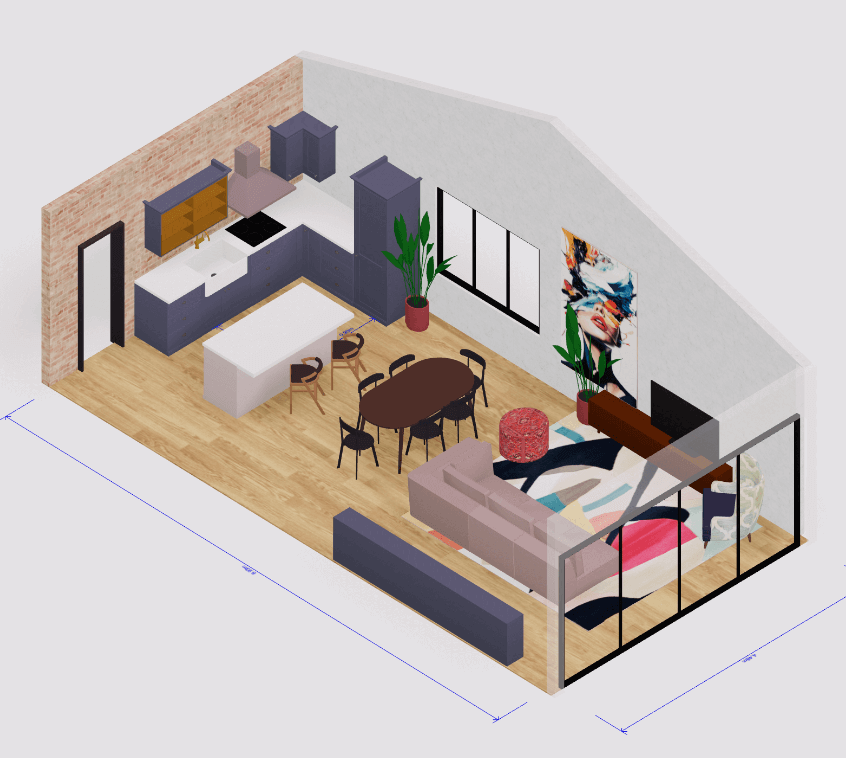 3D house design tool
3D house design tool
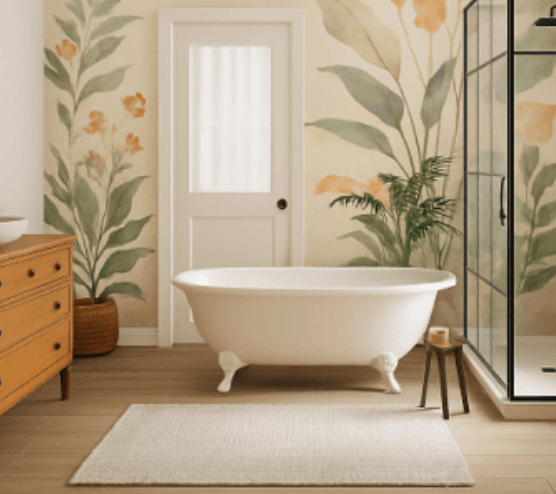
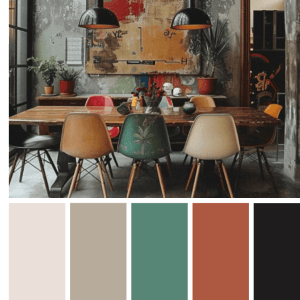 Color palette generator
Color palette generator
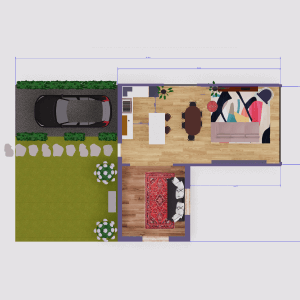 Floor plan creator
Floor plan creator
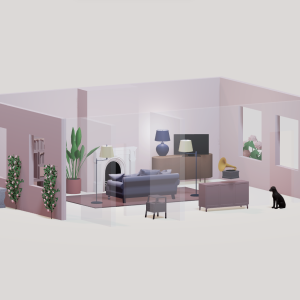 Interior design app
Interior design app
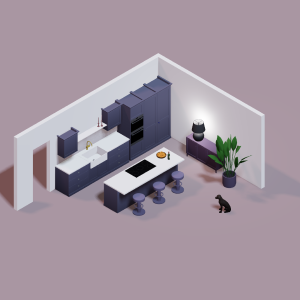 Kitchen design tool
Kitchen design tool
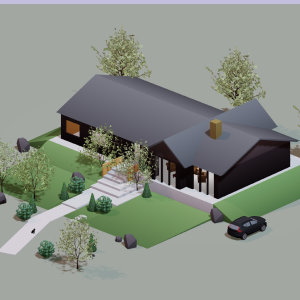 House design software
House design software
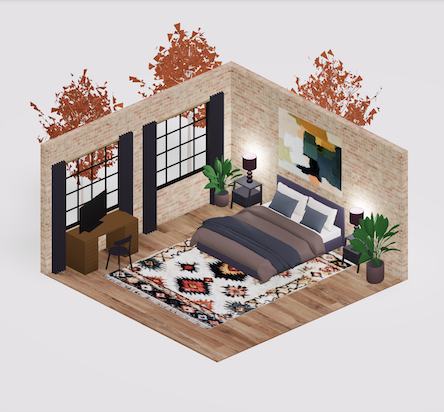 Room designer
Room designer
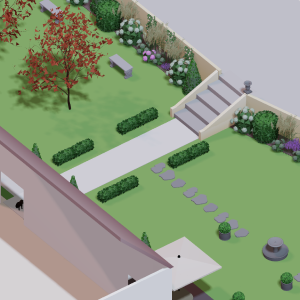 Landscape design software
Landscape design software
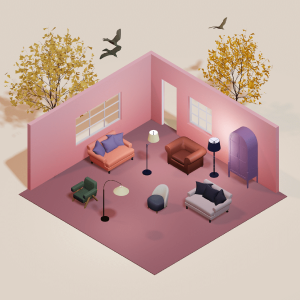 Bedroom design
Bedroom design
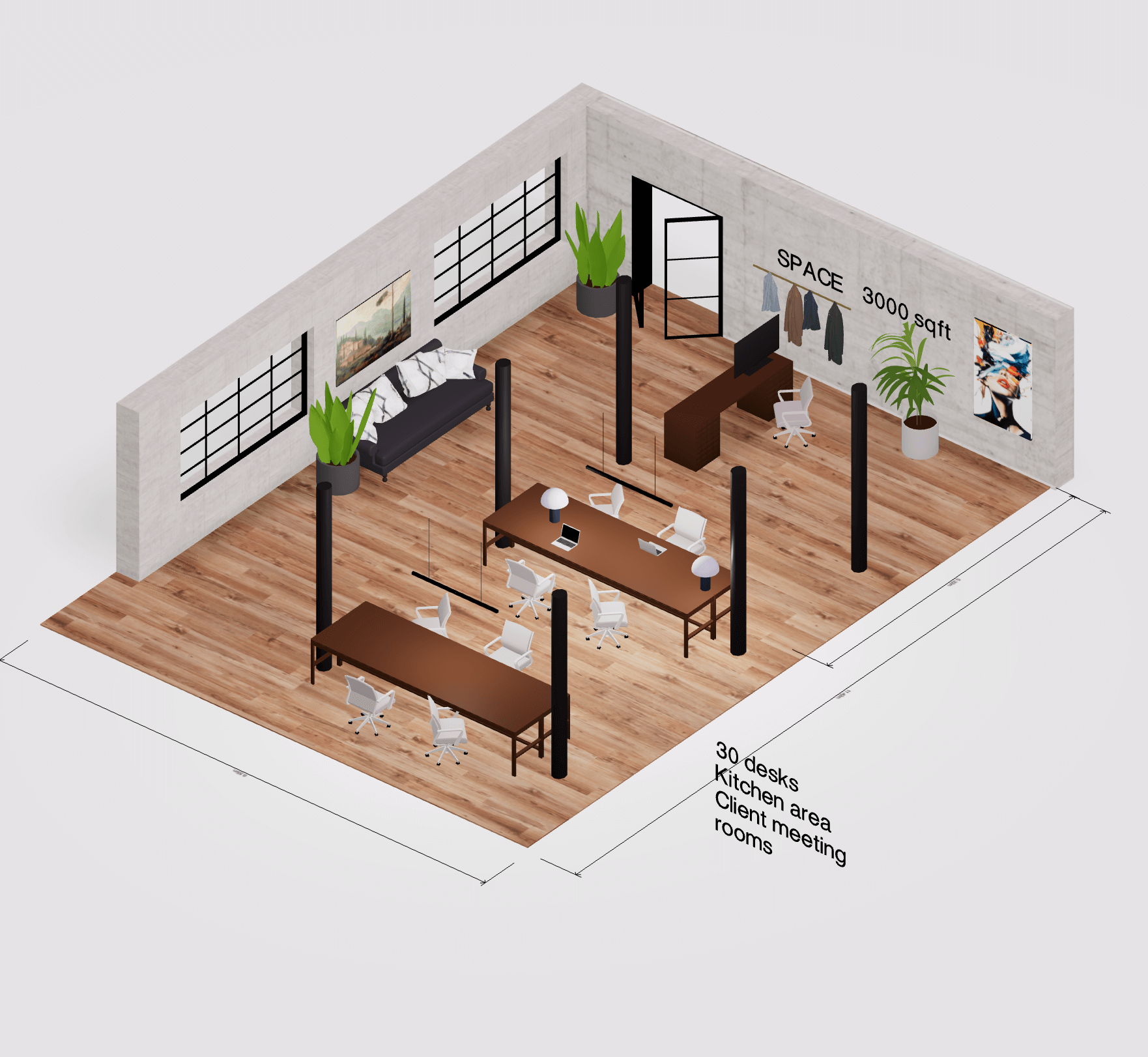 Office floor plan creator
Office floor plan creator
